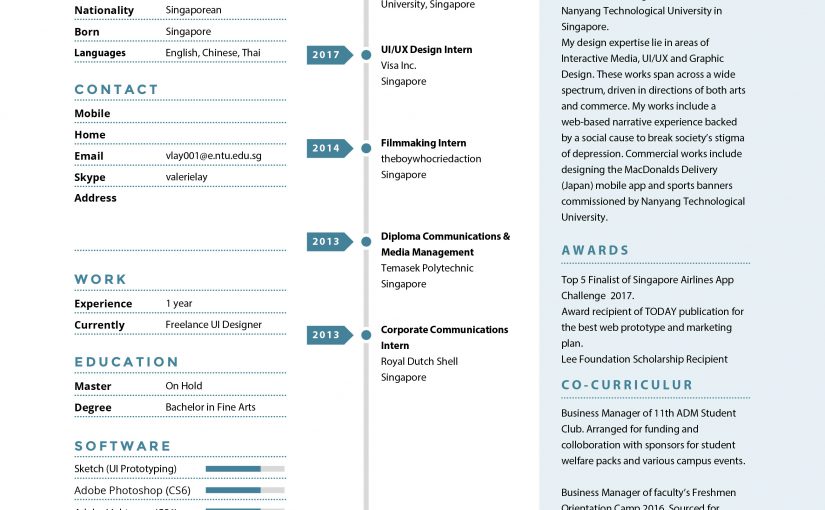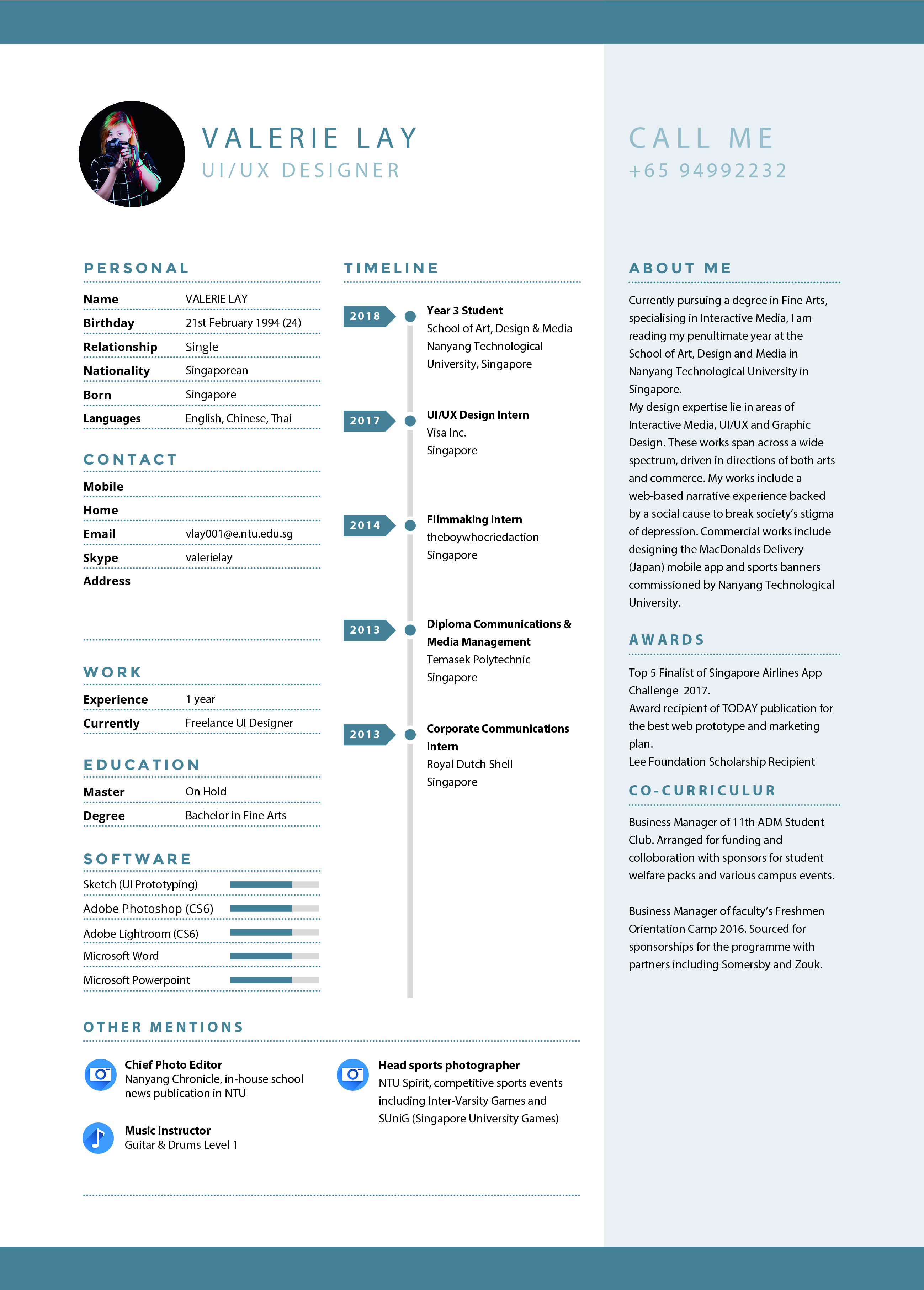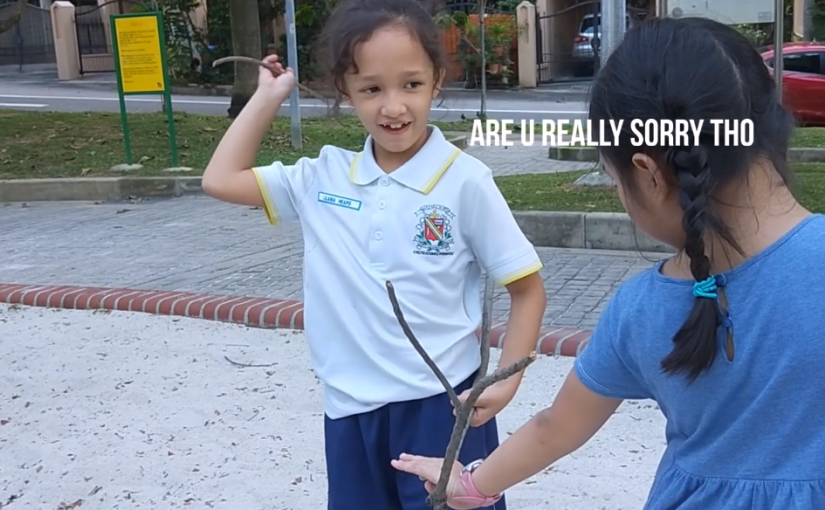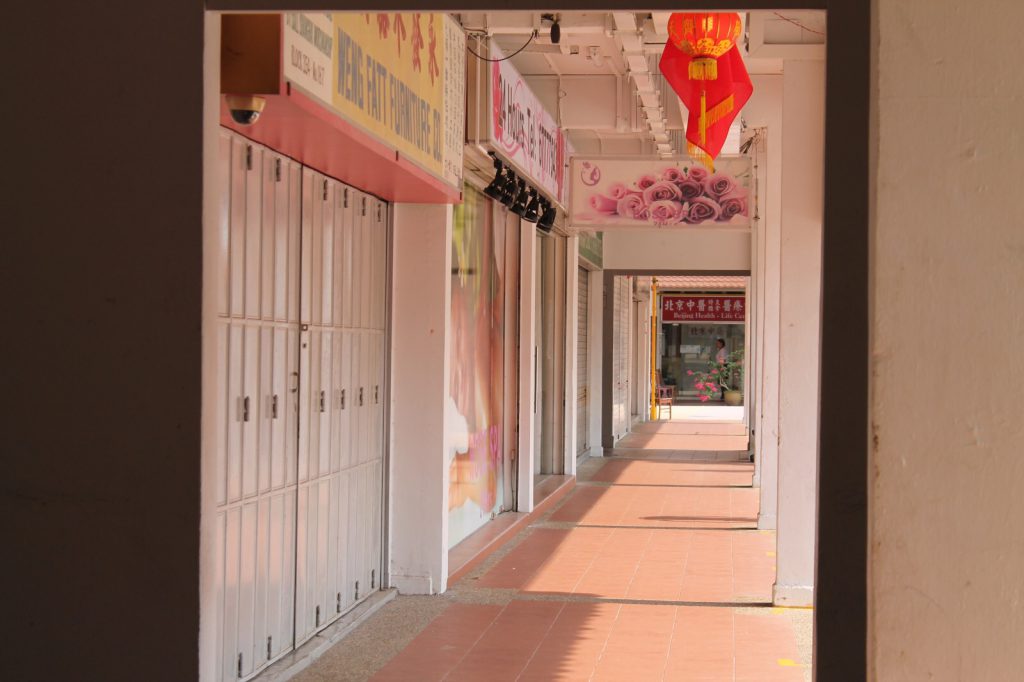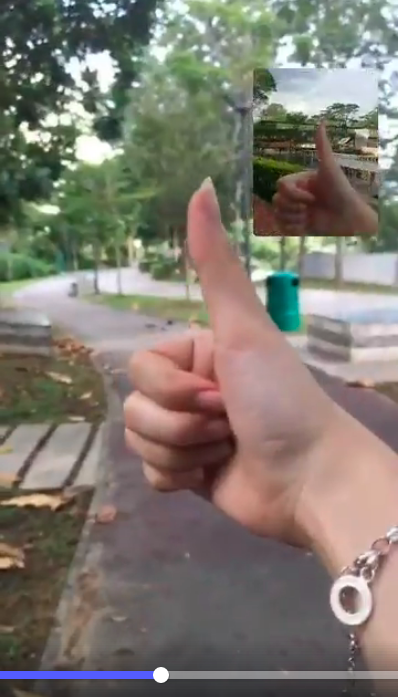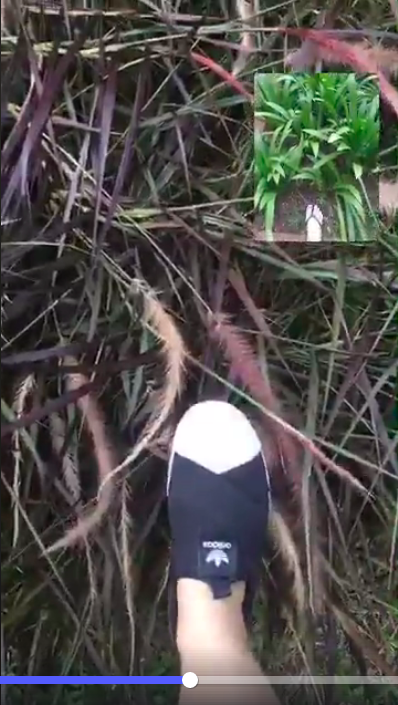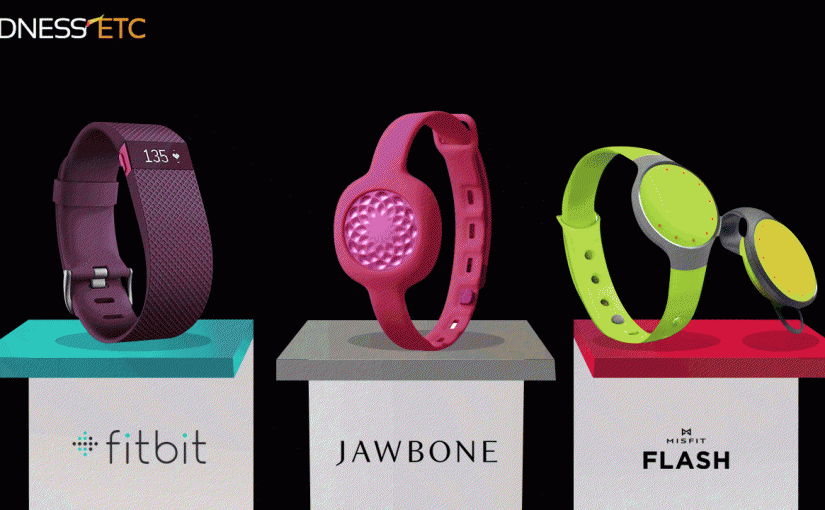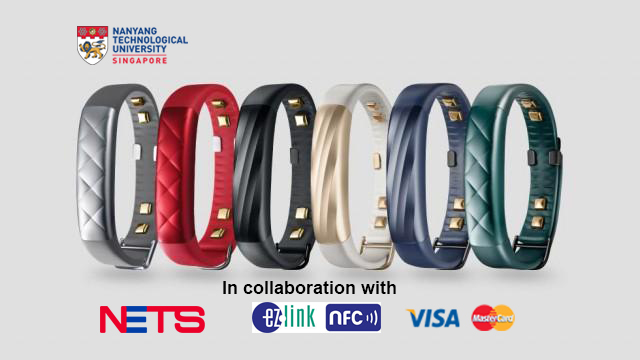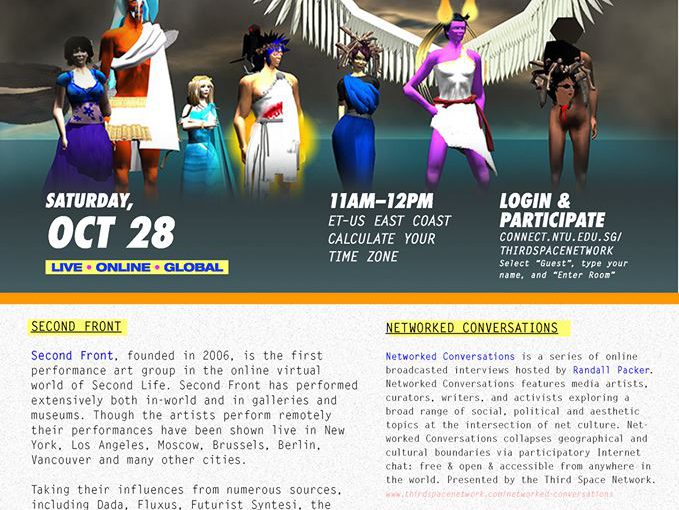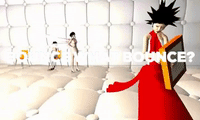About me
Being a city-girl that grew up all her life bustling Singapore, questions about the ocean or anything pertaining to it were hardly ever questioned (or popped up in my thoughts at least.) These questions appear during dinner topics, but I never really thought deeper about them.
About The Exhibit
It was only during this exhibition that issues on conservation and the ocean started to trigger some thoughts. It started mainly by this question I heard from one of the interviews
“We(humans) are land-species so we typically care more about our land.. but what about the oceans? “
As I heard these words playing straight into my ears, I quickly pulled out my phone and googled ‘PERCENTAGE OF OCEAN ON EARTH”
71%.
A figure we probably saw back in elementary school science lesson but forgotten as life went by. But that figure. That was actually a high percentage. The fact dawned upon me so hard. That was when I recalled all the conversations about conservation and understanding that it is an important issue we should be looking at.
About the work that gave me interest
Upon walking into the exhibition, I found myself moving towards the video screen installation OCEANS. Dialogues between ocean floor and water column by Armin Linke. I was drawn by the immersive environment of the space itself. I gazed at the installation from the back as video clips of the sea spilled across four screens. The scale and height of the screen invites an immersive gaze as if you were enveloped into the environment of the ocean itself. Hence, it heightens the experience of the audience as it led me to think about the ‘Anthropocene’. Not sure about the artist’s intention behind the work but it wasn’t too clearly shown unless further researched. Perhaps, his long-term film project would be able to capture and showcase the interconnections of human’s activities and its effects on the climate and environment.
Another thing worth mentioning about Linke’s work was that the footage were edits of video archives of several scientific expeditions. It captivated me with the up-close marine life as it clearly captures form and movement of the underwater species with a depth of more than 5,000 metres . I would say the way the installation was curated really worked to its advantage as I found myself immersed in it on the seats for at least 10-15mins.
While being immersed, I was reminded of the question ‘Who owns the ocean?’
My first thought was..everyone. Then again..no one.
I actually felt very compelled to think. I needed an answer. Or is this one of those unanswered questions?
Anyway, I googled.
So the Law of the Sea states that no one owned the oceans. I see. I guess indeed no one owns it, but everyone is responsible for it. Thoughts?
About the lecture that gave me interest
Dr Cynthia Chou – Orang Suku Laut (Sea Nomads)
As the speaker shared a mini lecture on the indigenous beliefs of the Orang Suku Laut, I immediately got reminded of art history. I also found it rather eye-opening as it was the personal account of the lady speaking to the crowd. During the lecture, she talked about the spirit that resides in things and people, specifically 1) adopted things 2) inalienable possessions 3) non-adopted things.
I was intrigued by the supernatural powers these objects were said to possess. In our modern culture, we easily hand things to people or even adopt ‘pre-loved’ objects but for these communities that lived near the ocean, they are more watchful/careful of objects as they have the idea of ‘taboo’.
With further research, I found that the speaker, Dr Cynthia herself was offered an inalienble possession. Suri, the lady that passed the stone on to her was her ‘adopted mother’ during her field study. She explained that Cynthia had been very good to her hence she is passing the object to her.
As a normal reaction, the researcher was taken aback by the gesture and questioned how is she able to to accept the stone.
Suri’s brother then explained that if someone in their community offers something, they accept. Hence, Cynthia cannot refuse on the object.
It was said that by rubbing the stone given to her on her eyelids, she is able to have a vision of her adopted mother and be one with her no matter the distance.
Furthermore, Cynthia, an outsider was also able to claim descent from an OSL. Through the passing on of the object, the OSL community was drawing her in symbolically.
These items like the stone received by Cynthia were highly treasured by Orang Suku Lauts and also people out of their community as they were said to hold inherent powers and inalienable value. I found this seriously amusing that they are able to maintain a culture like that since the beginning of their time.
A quirky thought I had was also that since they are really careful with the objects and its ownership, would the idea of having ‘Carousell’ be a taboo given their culture?
Carousell is a popular app in Singapore that sells pre-loved items. You can find all sorts of items under the sun in this virtual flea market.
Other questions triggered during the exhibit
What is the role of art in engaging with larger issues around the environment, nature and climate change?
This is really apt – I think it plays a significant role as it makes people reflect. Upon viewing that work, it just made me reflect and actually ponder on what is the state of oceans today, how does culture actually play a part in it, especially on the conservation aspect.
Through public exhibitions, it gets word out to people. It basically serves as a bridge of communication between the issue and the masses
Art is actually a powerful tool as it could engage our five senses. Compare an installation that has a component of scale, sound and visuals, just like the four-screened installation. As compared to reading paragraphs from a newspaper article or a book. In other words, the medium is the message. Art pieces have this powerful aspect – if used well and to its advantage.
About my closing thoughts
Overall, this exhibit sparked a lot of thoughts. However, the bigger problem is in sustaining conservation. How has this exhibit suggested ways we could contribute or play our part in the issue? I also find that the organising team could think more about how the message is being received by its audience. I find some arrangements rather unconventional and subtle, resulting in a lot of question marks and ending up questioning the whole expedition. I am curious to know are exactly are the target audience of this exhibit and if this is the best way to present it for the public to actually have a ‘call to action’.
Peace.
Link to slides: https://docs.google.com/presentation/d/1BLHdYbuVZ-s2GTyRvsGDttB9UyNAwha0IWZCyOpb9q8/edit?usp=sharing
Group members: Anam, Siewhua, Val







